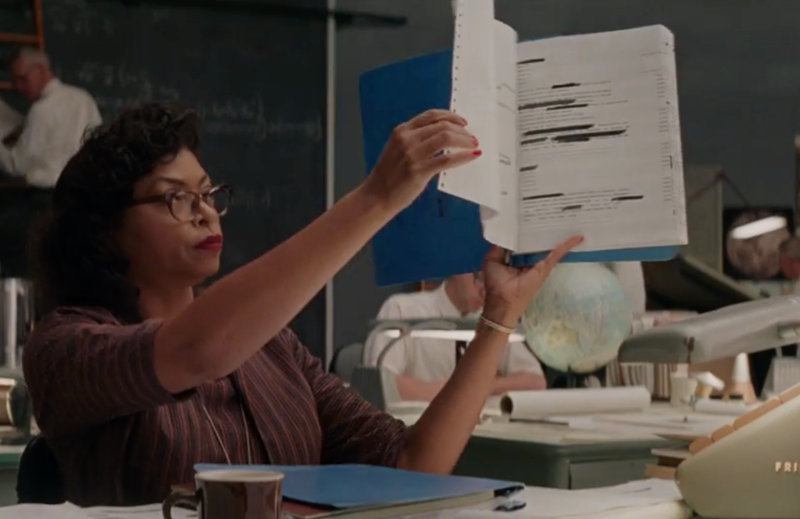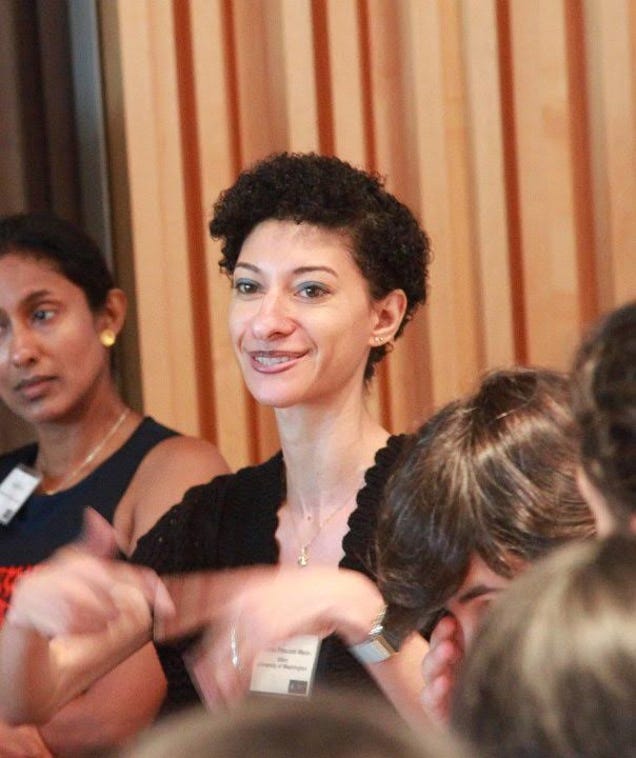“Double Bind / Double Consciousness” in the Poetry of Carmen Colón Pellot and Julia de BurgosPosted in Caribbean/Latin America, Latino Studies, Literary/Artistic Criticism, Media Archive, United States, Women on 2017-01-27 19:28Z by Steven |
“Double Bind / Double Consciousness” in the Poetry of Carmen Colón Pellot and Julia de Burgos
Cincinnati Romance Review
Volume 30 (Winter 2011)
pages 69-82
Sonja Stephenson Watson, Director of the Women’s & Gender Studies Program; Associate Professor of Spanish
University of Texas, Arlington
Carmen Colón Pellot and Julia de Burgos constructed a female literary poetics and created a space for the mulata as a writing subject instead of a written object in early twentieth-century Puerto Rican negrista literature. Because of their gender and the societal norms and limitations placed upon blacks, they each found it difficult to reconcile their heritage as mulatas in a white male Hispanic society. They each testify to the “double bind” of black female authors who strive to identify themselves as both women and as blacks. In her seminal article “Feminism and Afro-Hispanism: The Double Bind,” Rosemary Feal notes that the double bind of scholars when reading texts written by Afra-Latin American writers “is to uphold the dignity of all Afro-Latin American characters…while engaging in legitimate feminist practice” (30). Feal also notes that in order to study the intersection of race and gender in works by black Latin American female writers’s texts, we must adhere to the racial, historical, and social specificities in each country. She further explains that, “‘[a]lterity’ in feminist Afro-Hispanic scholarship has as its imperative the formulation of alternate interpretive practices, and it is through analyzing the link of race and gender that we can gain more complete access to that world of difference” (30). The double bind inherent in Afra-Hispanic literature is not only that of scholars but also of the authors themselves who comprise the focus of this study. The double bind of Colón Pellot and de Burgos compels us to return to W.E.B. Du Bois’s seminal essay on double-consciousness, The Souls of Black Folk (1903), where he presented the problem of duality that plagued blacks at the turn of the twentieth century:
It is a peculiar sensation, this double-consciousness, this sense of always looking at one’s self through the eyes of others, of measuring one’s soul by the tape of a world that looks on in amused contempt and pity. One ever feels his twoness, an American, a negro; two souls, two thoughts, two unreconciled strivings; two warring ideals in one dark body, whose dogged strength alone keeps it from being torn asunder. (5)
Although Du Bois’s theory of double-consciousness does not include gender, it incorporates the problematic of race that African Diaspora figures continue to face in the twenty-first century. The double bind/double- consciousness of Colón Pellot and de Burgos is multiple and deals with their multiracial heritage as women of color. The present study examines the intersection of race and gender in both of their writings building upon the theoretical framework of double bind/double-consciousness as espoused by Feal and Du Bois. This analysis also builds on the work of Consuelo López Springfield and Claudette Williams who analyze the themes of gender and race separately in their studies on the single authors…
Read the entire article here.



